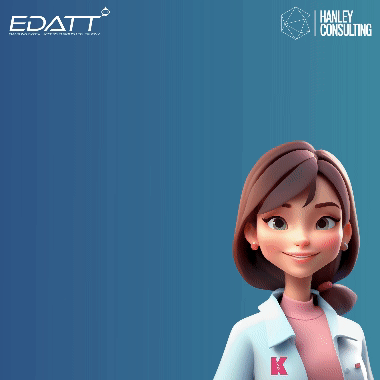Over 2,000 patients that previously had undiagnosed spinal fractures, have now had fractures detected by an artificial intelligence algorithm.
A programme funded by the National Institute for Health Research Invention for Innovation programme, has supported University of Manchester and Central Manchester Hospitals NHS Foundation Trust and Optasia Medical Ltd with input from the Royal Osteoporosis Society develop the algorithm.
Working with bone health teams in Nottingham, Bradford and Guildford, AI engineers were rapidly able to identify the vertebral fragility fractures (VFFs) and refer patients onward for further investigation and treatment.
The service processes CT scans which are already held by hospitals and patients are not required to have an additional scan. After the algorithm has quickly identified the fractures, the results are verified by a consultant radiologist before being passed back to the hospital.
Shawn Luetchens, CEO, Optasia Medical “This is a big tick in the box for British AI technology and a model of how AI companies can work in partnership with the NHS to deliver better healthcare for patients.”
“The potential health and wellbeing benefits, particularly for women, are significant. Vertebral fractures are the most common osteoporotic fracture and a predictor of future hip fractures – more than 55% of patients with hip fracture have evidence of a prior vertebral fracture.”
“Once the algorithm has done the spadework by finding the fractures and flagging them up, the results are verified by a consultant radiologist before being returned to the hospital.”
“This is a very efficient use of a consultant radiologist’s expertise at a time when the UK has a shortage of them.”




